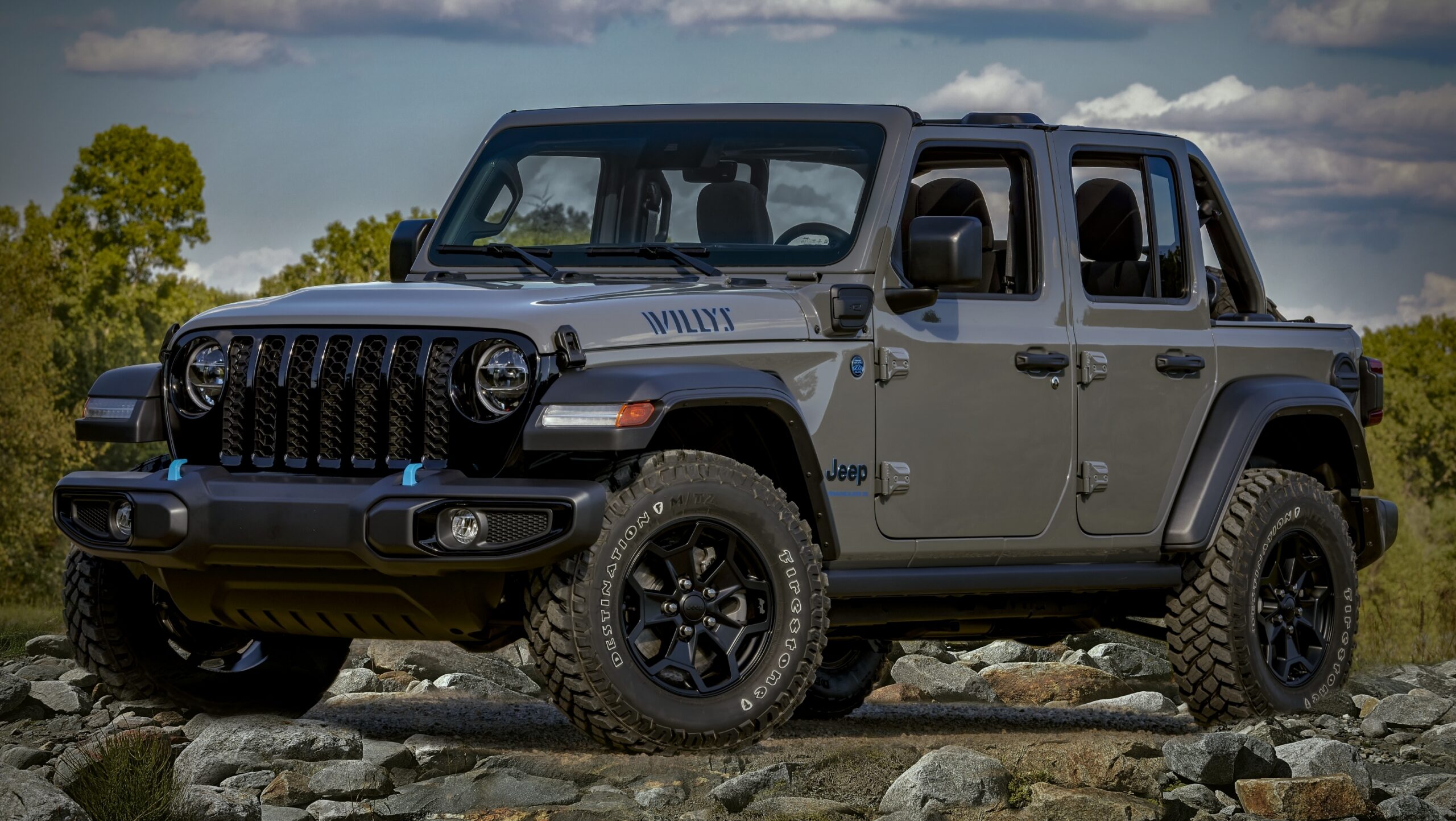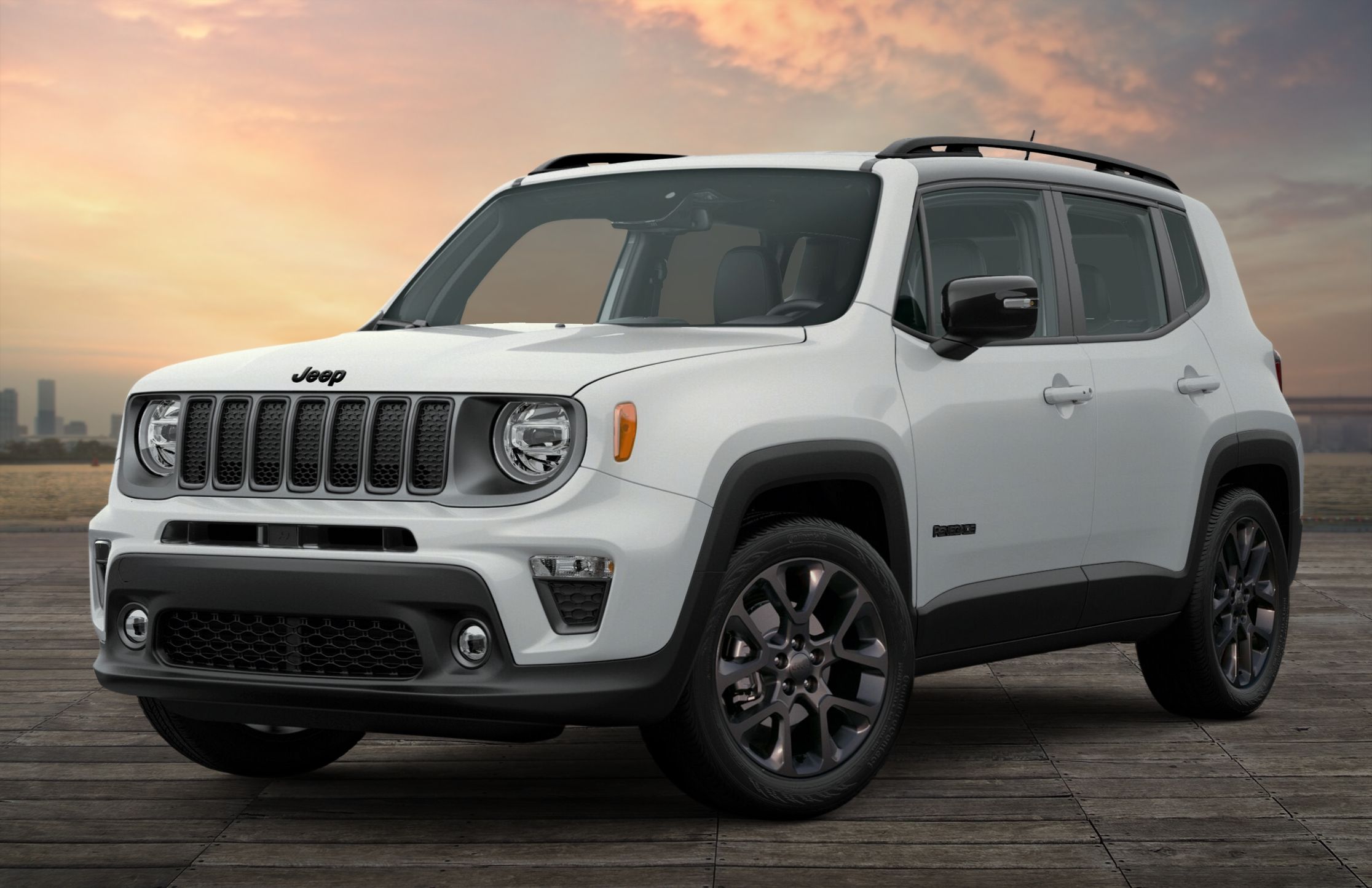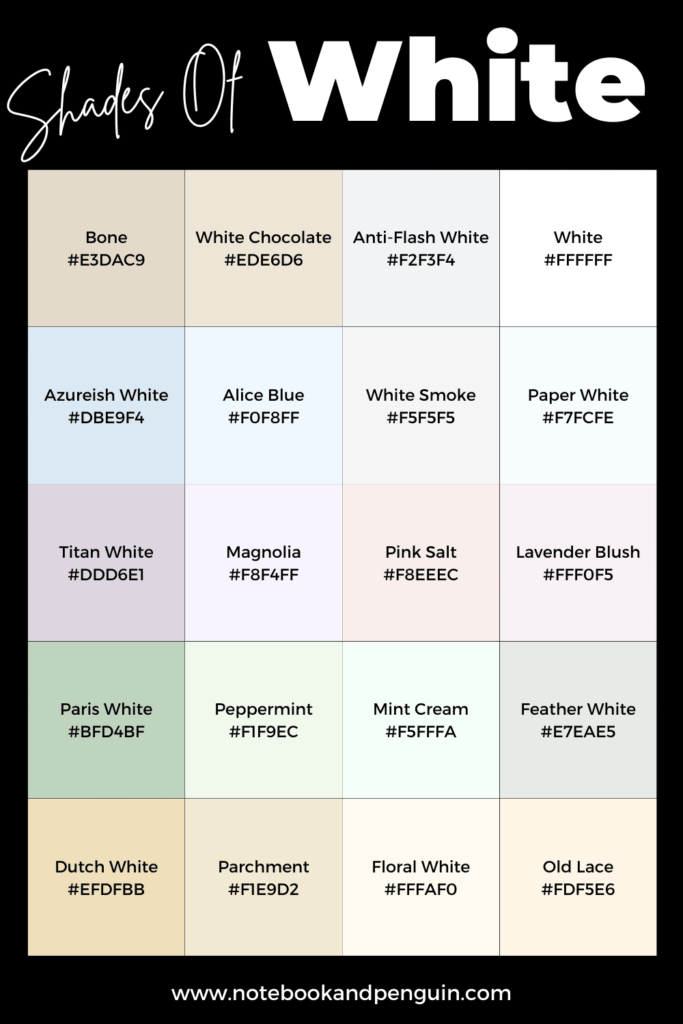Jeep Commander Cars For Sale: Navigating the Market for a Unique SUV
Jeep Commander Cars For Sale: Navigating the Market for a Unique SUV jeeps.truckstrend.com
In the vast landscape of pre-owned SUVs, the Jeep Commander stands out as a unique proposition. Produced for a relatively short period from 2006 to 2010, this seven-passenger vehicle offers a distinctive blend of classic Jeep ruggedness, a commanding presence, and family-friendly utility. For those seeking a vehicle that eschews the ubiquitous crossover trend in favor of a more traditional, boxy SUV aesthetic with genuine off-road credentials, the used Jeep Commander market presents an intriguing opportunity. This comprehensive guide aims to arm prospective buyers with all the necessary information, from understanding its appeal to navigating the buying process and maintaining their investment, ensuring a well-informed and successful purchase of a Jeep Commander for sale.
Why Consider a Used Jeep Commander? Its Enduring Appeal
Jeep Commander Cars For Sale: Navigating the Market for a Unique SUV
The Jeep Commander, built on the robust WK Grand Cherokee platform, was designed to fill a specific niche: a true three-row SUV with undeniable Jeep DNA. While its production run was brief, its legacy lives on in the used car market, attracting a particular type of buyer.
- Seven-Passenger Capacity: A primary draw for families, the Commander offers seating for up to seven, making it a versatile option for carpooling, road trips, and everyday family duties. While the third row is best suited for children or short trips for adults, its presence expands the vehicle’s utility significantly.
- Distinctive Styling: In an era of increasingly aerodynamic and homogenous SUV designs, the Commander’s boxy, retro-inspired aesthetic is a breath of fresh air. Its upright stance, prominent grille, and stepped roofline harken back to classic Jeep Wagoneers, giving it a unique and instantly recognizable profile.
- Genuine Off-Road Capability: True to its Jeep heritage, the Commander is more than just a suburban hauler. Equipped with Jeep’s Quadra-Trac II or Quadra-Drive II four-wheel-drive systems, available V8 engines, and respectable ground clearance, it possesses legitimate off-road prowess, making it suitable for light trails, snow, and challenging terrains.
- Powerful Engine Options: Beyond the standard 3.7L V6, buyers could opt for the more potent 4.7L V8 or the formidable 5.7L HEMI V8, offering ample power for towing, highway cruising, and confident acceleration.
- Value for Money: As a discontinued model, used Jeep Commanders often represent excellent value. They can be acquired at a significantly lower price point than many contemporary three-row SUVs, offering a lot of vehicle for the money, provided due diligence is exercised.

Understanding the Jeep Commander Lineup: Models, Trims, and Engines
To make an informed decision when looking at Jeep Commander cars for sale, it’s crucial to understand the variations offered during its production run (2006-2010).
- Production Years (2006-2010): The Commander remained largely unchanged aesthetically throughout its run, though minor interior updates and feature availability shifted.
- Trim Levels:
- Sport: The base model, offering essential features, often with the V6 engine. It’s the most common and generally the most affordable.
- Limited: A step up, adding more creature comforts like leather seats, premium audio, and advanced infotainment options. More likely to feature V8 engines.
- Overland: The top-tier luxury trim, boasting premium materials, navigation, chrome accents, and often the 5.7L HEMI V8 as standard or optional. These are rarer and command higher prices.
- Engine Options:
- 3.7L PowerTech V6: (210 hp, 235 lb-ft torque) Standard on Sport models, offering adequate power for daily driving but can feel strained when fully loaded or towing.
- 4.7L PowerTech V8: (235 hp / 305 hp from 2008, 305 lb-ft torque / 334 lb-ft from 2008) A good balance of power and efficiency for many buyers.
- 5.7L HEMI V8: (330 hp / 357 hp from 2009, 375 lb-ft torque / 389 lb-ft from 2009) The most powerful option, offering robust performance and significant towing capability (up to 7,400 lbs). Features Multi-Displacement System (MDS) for improved fuel economy during light loads.
- Drivetrain Options:
- 2WD: Rear-wheel drive, less common, but offers slightly better fuel economy.
- Quadra-Trac I (Full-Time 4WD): Standard on some 4WD V6 models, a simpler system without low-range gearing.
- Quadra-Trac II (Full-Time 4WD with Low Range): More capable, featuring a two-speed transfer case for low-range crawling.
- Quadra-Drive II (Full-Time 4WD with Low Range and ELSDs): The most advanced system, adding Electronic Limited-Slip Differentials (ELSDs) for superior traction in extreme conditions.
The Buying Process: A Step-by-Step Guide to Acquiring Your Commander
Finding and purchasing a used Jeep Commander requires a methodical approach to ensure you get a reliable vehicle that meets your needs.
- Define Your Needs and Budget:
- How many passengers will you regularly carry?
- Do you need significant towing capacity or off-road capability?
- What’s your realistic budget for the purchase price, insurance, and potential initial maintenance/repairs? Remember, older vehicles may require more immediate attention.
- Research and Identify Potential Listings:
- Utilize online platforms like AutoTrader, Cars.com, Kelley Blue Book (KBB), Craigslist, Facebook Marketplace, and dealership websites.
- Filter by year, mileage, price, and location. Pay attention to the trim level and engine – a HEMI Overland will command a different price and offer a different experience than a V6 Sport.
- Initial Vetting of Listings:
- Look for detailed descriptions and multiple photos.
- Check for a clear title and accident history (using VIN check services like CarFax or AutoCheck).
- Beware of listings with vague information, poor photos, or prices that seem "too good to be true."
- Contact Sellers and Ask Questions:
- Inquire about service records, ownership history, and any known issues or recent repairs.
- Ask why they are selling.
- Confirm the vehicle’s features and trim level.
- In-Person Inspection (Your Checklist):
- Exterior: Look for rust (especially around wheel wells, rocker panels, and tailgate), consistent paint, panel gaps, and damage. Check tires for even wear and sufficient tread.
- Interior: Test all electronics (windows, locks, climate control, radio, navigation, heated seats), check for tears/stains on upholstery, inspect the dashboard for warning lights, and ensure all seatbelts function. Pay attention to any strange smells.
- Engine Bay: Look for fluid leaks (oil, coolant, power steering), corrosion on battery terminals, frayed belts, and any signs of shoddy repairs. Check fluid levels and clarity.
- Undercarriage: If possible, get underneath to check for rust on the frame, exhaust system, and suspension components. Look for leaks from the transmission or differentials.
- Test Drive:
- Start the vehicle cold and listen for any unusual noises.
- Test acceleration, braking (smoothness, pulling), and steering (no looseness, pulling).
- Drive at various speeds, including highway speeds.
- Test the 4WD system if possible (on a safe, appropriate surface).
- Listen for clunks, squeaks, or grinding noises from the suspension or drivetrain.
- Pay attention to how the transmission shifts – should be smooth, not harsh or delayed.
- Pre-Purchase Inspection (PPI):
- This is non-negotiable for a used Commander. Take the vehicle to an independent mechanic specializing in Jeeps or Mopar vehicles. They can identify issues you might miss, especially those related to the complex electronics (TIPM module), suspension, or transmission. This small investment can save you thousands down the line.
- Negotiation:
- Armed with the PPI results and market research, negotiate a fair price. Be prepared to walk away if the seller isn’t reasonable or if the vehicle has too many issues.
- Paperwork:
- Ensure the title is clear and signed correctly.
- Get a bill of sale.
- Understand your local DMV requirements for registration and taxes.
Important Considerations and Common Challenges
While the Commander offers many benefits, it’s essential to be aware of its potential drawbacks and common issues.
- Fuel Economy: Especially with the V8 engines, the Commander is not known for its fuel efficiency. Expect single-digit city MPG for the HEMI and low double-digits for the V6. Budget for higher fuel costs.
- Common Mechanical Issues:
- Totally Integrated Power Module (TIPM): A known weak point in many Chrysler products of this era. Can cause a myriad of electrical issues (fuel pump, wipers, lights, horn). Diagnosis and replacement can be costly.
- Transmission Issues: The 545RFE automatic transmission, while generally robust, can develop issues if not properly maintained. Look for hard shifts, slipping, or delayed engagement.
- Suspension Components: Bushings, ball joints, and tie rods can wear out, leading to clunks or loose steering.
- Rust: Like many vehicles of its age, rust can be an issue, particularly in areas with road salt. Check frame rails, rocker panels, and around the rear liftgate.
- HVAC Blend Doors: Actuators can fail, leading to inconsistent heating/cooling or clicking noises.
- Parts Availability: While many parts are shared with the Grand Cherokee (WK), some Commander-specific body panels or interior pieces might be harder to source for a discontinued model.
- Maintenance: Proper and timely maintenance is key to longevity. Find a reputable mechanic who understands older Jeeps.
Maintaining Your Used Jeep Commander for Longevity
Once you’ve purchased your Commander, proactive maintenance is crucial.
- Regular Fluid Changes: Engine oil, transmission fluid (especially critical for the 545RFE), differential fluid, transfer case fluid, and coolant should be changed according to the manufacturer’s schedule or more frequently if you tow or off-road.
- Tire Rotation and Alignment: Essential for even tire wear and stable handling.
- Brake Inspection: Regularly check pads, rotors, and fluid.
- Suspension Check: Have suspension components inspected during routine service to catch wear early.
- Rust Prevention: If you live in a rust-prone area, consider undercoating or regularly washing the undercarriage.
- Address Warning Lights Promptly: Don’t ignore check engine lights or other warnings. A small issue can quickly escalate.
Representative Price Guide for Jeep Commander Cars For Sale
Please note that these prices are estimates and can vary significantly based on location, specific vehicle condition, mileage, trim level, optional features, and market demand. A pre-purchase inspection is always recommended regardless of the price.
| Year Range | Trim/Engine (Example) | Condition (Mileage) | Estimated Price Range (USD) | Notes |
|---|---|---|---|---|
| 2006-2007 | Sport (3.7L V6) | Fair (150k+ miles) | $3,000 – $6,000 | Entry-level, likely needs some TLC, higher chance of rust. |
| 2006-2007 | Limited (4.7L V8) | Good (100k-150k miles) | $5,000 – $8,000 | More features, better power, but still susceptible to age-related issues. |
| 2008-2010 | Sport (3.7L V6) | Good (80k-120k miles) | $6,000 – $9,000 | Later models, potentially fewer immediate issues, but V6 can feel underpowered. |
| 2008-2010 | Limited/Overland (5.7L HEMI V8) | Excellent (60k-100k miles) | $9,000 – $14,000+ | Premium models, sought after for power and features. Well-maintained examples hold value. |
| All Years | Any Trim | Project/Parts (Non-running) | $1,000 – $3,000 | For mechanics or those seeking a donor vehicle. Significant work required. |
- Factors Increasing Price: Lower mileage, pristine condition, higher trim (Overland), HEMI V8 engine, desirable options (navigation, sunroof, rear-seat entertainment), detailed service records, rust-free examples.
- Factors Decreasing Price: High mileage, significant cosmetic or mechanical issues, visible rust, lack of service history, base trim (Sport), V6 engine (for some buyers).
Frequently Asked Questions (FAQ) about Jeep Commander Cars For Sale
Q1: Is the Jeep Commander reliable?
A1: Like many vehicles of its age, reliability is highly dependent on previous maintenance and individual vehicle history. While some models (especially those with the TIPM issue) have known weaknesses, a well-maintained Commander can be a dependable vehicle. A pre-purchase inspection is critical.
Q2: What’s the fuel economy like on a Jeep Commander?
A2: It’s generally poor, especially with the V8 engines. Expect around 13-15 MPG combined for the V6 and 11-14 MPG combined for the V8s, varying based on driving style and conditions.
Q3: Does the Jeep Commander truly have 3rd-row seating?
A3: Yes, all Jeep Commanders came standard with three rows of seating, accommodating up to seven passengers. The third row is best for children or short trips for adults due to limited legroom.
Q4: Is the Jeep Commander good off-road?
A4: Yes, it boasts genuine off-road capability, particularly models equipped with the Quadra-Trac II or Quadra-Drive II 4WD systems and the V8 engines. Its robust platform and ground clearance make it more capable than many modern crossovers.
Q5: What are the most common problems to look out for?
A5: Key areas of concern include the Totally Integrated Power Module (TIPM), potential transmission issues (especially if fluid changes were neglected), suspension component wear (ball joints, bushings), and rust, particularly in northern climates.
Q6: Are parts for the Jeep Commander hard to find?
A6: Most mechanical parts are readily available as they are shared with the WK Grand Cherokee. However, specific body panels or interior trim pieces unique to the Commander might be harder to source, often requiring used parts from salvage yards.
Q7: Is it expensive to maintain a Jeep Commander?
A7: Maintenance costs are comparable to other large SUVs of its era. Major repairs, especially those involving the TIPM or transmission, can be costly. Budgeting for regular maintenance and potential repairs is crucial.
Conclusion: A Distinctive Choice for the Discerning Buyer
The Jeep Commander for sale represents a compelling option for those in search of a unique, capable, and spacious SUV on the used market. Its iconic styling, legitimate off-road prowess, and available V8 power set it apart from its more modern, often less characterful, counterparts. While it demands attention to potential maintenance issues and a realistic understanding of its fuel consumption, a well-researched and thoroughly inspected Commander can provide years of reliable service and adventure. For the buyer who values rugged individualism, a commanding road presence, and the utility of three rows of seating without breaking the bank, the Jeep Commander remains a distinctive and worthwhile consideration. Embark on your search with diligence, and you may just find the perfect rugged companion for your family’s next adventure.



